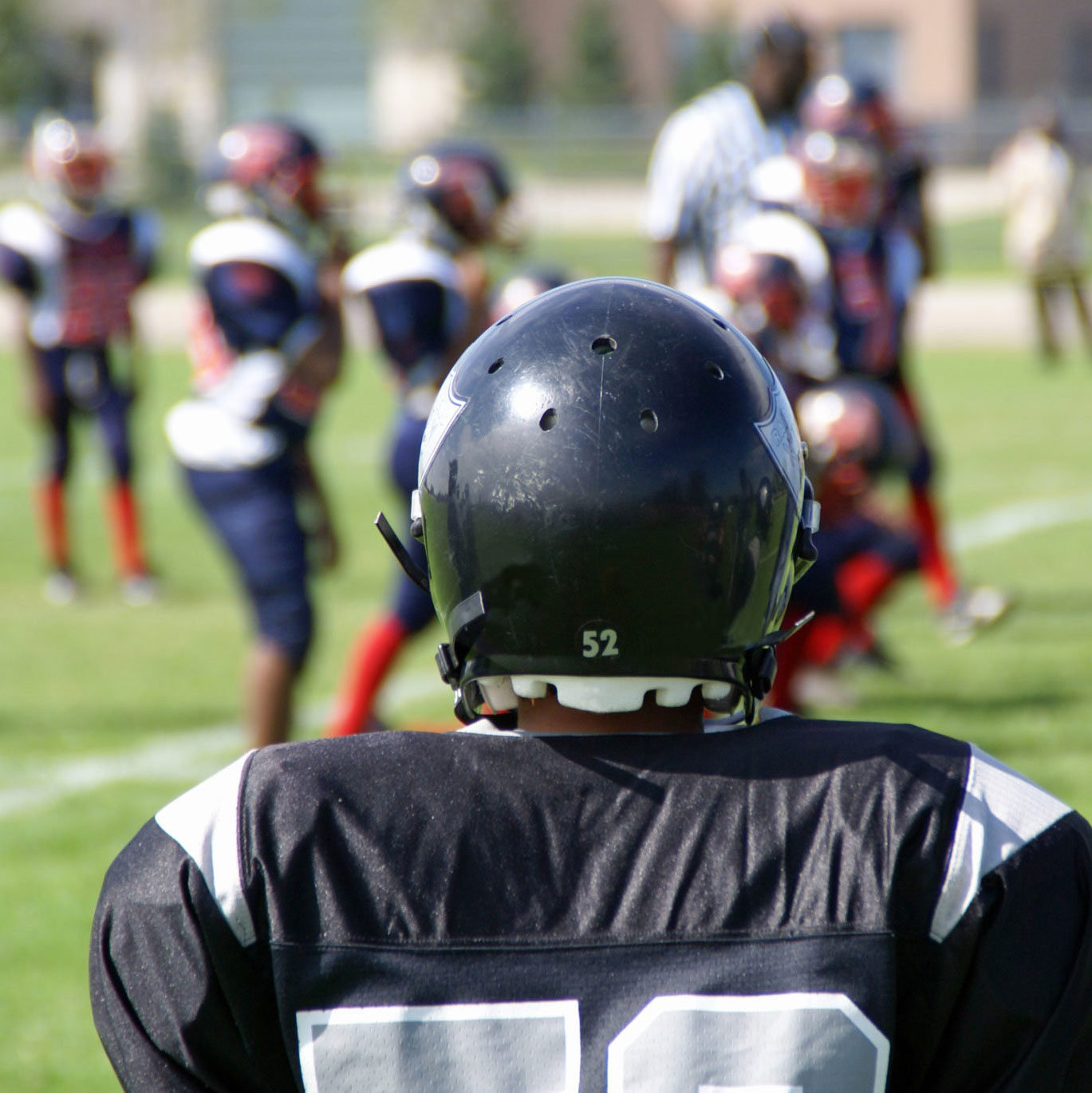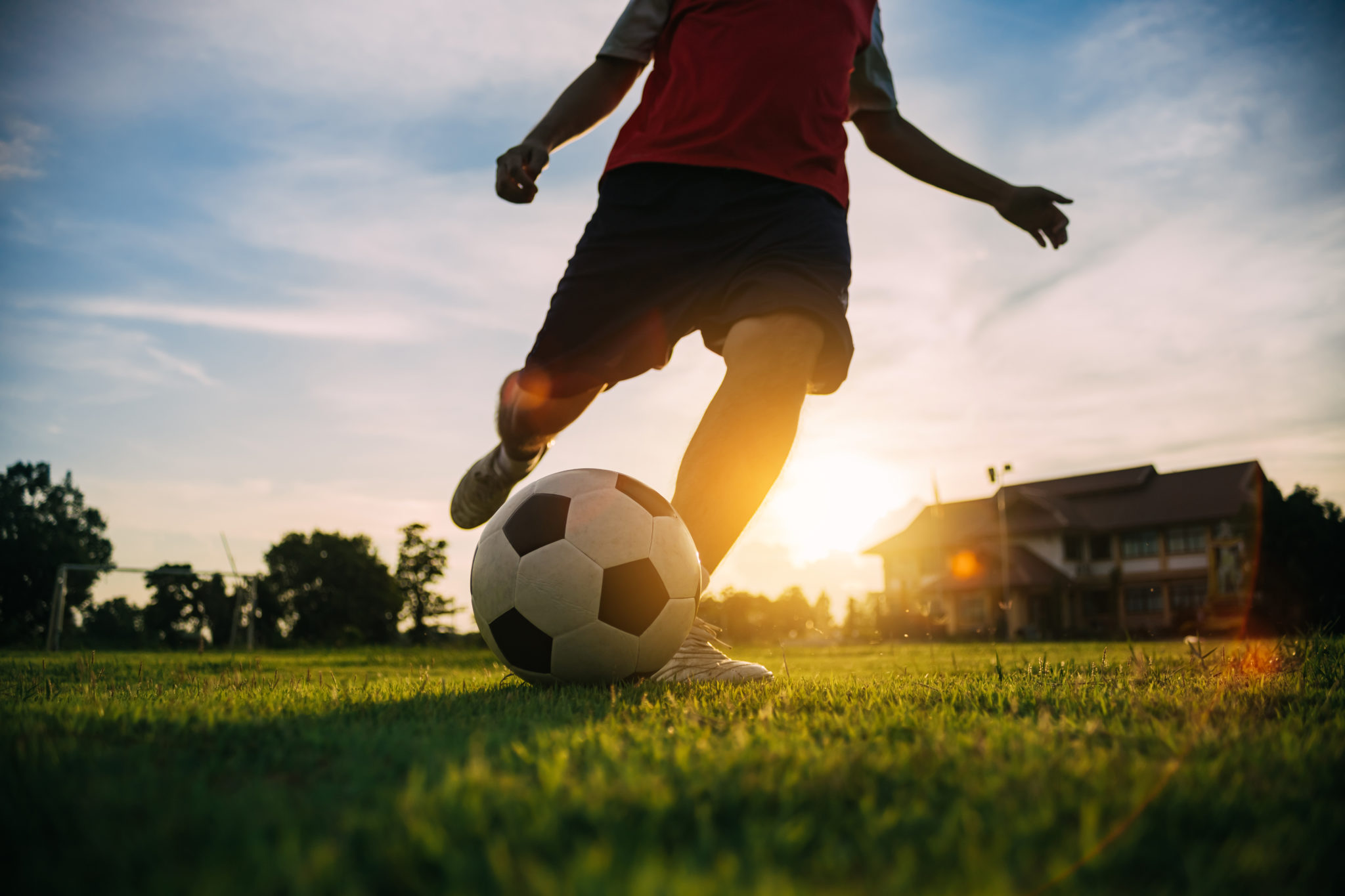Nervous About Your Kids and Contact Sports? Follow These Tips

October 20, 2021
According to the Centers for Disease Control and Prevention (CDC), more than 3.5 million children under the age of 14 receive some type of treatment for sports injuries every year. One of the most serious injuries that can occur in youth sports is a concussion. If unrecognized or untreated, concussion can lead to long-term consequences such as depression or cognitive impairment. Because of this, it’s important for parents and children to understand the symptoms of concussion and take action to prevent it.
How to Recognize Signs of Concussion
Concussion and head injuries have a number of symptoms, says Catherine Mazzola, M.D., pediatric neurosurgeon at Joseph M. Sanzari Children’s Hospital at Hackensack University Medical Center. These include:
- Headache
- Neck pain
- Ringing in the ears
- Blurry vision
- Trouble focusing or completing tasks
- Pain behind the eyes, especially while watching TV or looking at a screen
- Behavioral changes
- Excessive sleepiness
- Nausea or vomiting
If your child has a severe headache or is experiencing nausea or vomiting after a head injury, Dr. Mazzola recommends taking them to an emergency room or calling 911. However, if your child is stable after a head injury, monitor them for the next few days. If you recognize any of the symptoms mentioned above, talk to your pediatrician to determine if treatment is needed. Learn more about what to do if you suspect a concussion.
Wear Helmet to Help Prevent Head Injury
The best option to help prevent head injury is to have your child wear a helmet.
“In any sport where you’re moving fast, wearing a helmet is a good idea,” says Dr. Mazzola. “When I was a child and we went skiing, for example, we never wore helmets. Now, everyone wears helmets. It’s time to start wearing helmets for any sport where you move fast—ice skating, sledding, skiing and snowboarding, bicycle riding, roller skating.”
Dr. Mazzola explains why helmet-wearing is the top way to prevent concussions and other head injuries during youth sports. “A well-fitting helmet that straps on and is held snugly in place will prevent a more serious head injury in many instances,” she says. “Nothing is 100 percent, but the padding in the helmet and the hard outer shell decrease the amount of force sustained by the brain in the event of an injury.”
Consider Baseline Testing
Beyond ensuring your child is prepared with a helmet for the sport they are participating in, Dr. Mazzola also recommends that parents be aware of ImPACT®, which stands for immediate post-concussion assessment and cognitive testing. ImPACT testing can be done to establish a baseline for future comparisons or to help determine if a child has a concussion.
“I am a big supporter of ImPACT testing for all middle school and high school students at least every other year,” says Dr. Mazzola. “After taking the baseline test, if a child has a head injury or concussion, the test is repeated. Then we can follow the child’s cognitive improvement after a brain injury and develop the treatment plan. However, even if your child doesn’t have a baseline, they can still take the ImPACT test and compare the results to normative data for the child’s age.”
Next Steps & Resources:
- Meet our source: Catherine Mazzola, M.D. To make an appointment with Dr. Mazzola or a doctor near you, call 800-822-8905.
The material provided through Health Hub is intended to be used as general information only and should not replace the advice of your physician. Always consult your physician for individual care.
Find a doctor near me
Safely Returning to School Sports

For young athletes who were distanced from the sports they love during the height of the COVID-19 pandemic, easing restrictions now mean they are getting back on the field and among teammates. Consider these things when returning to school sports.
Safety Tips For Soccer Season

Prevent soccer injuries this season. Dr. Porter offers tips on stretching, strengthening, and balance to keep young athletes healthy. Learn more.
